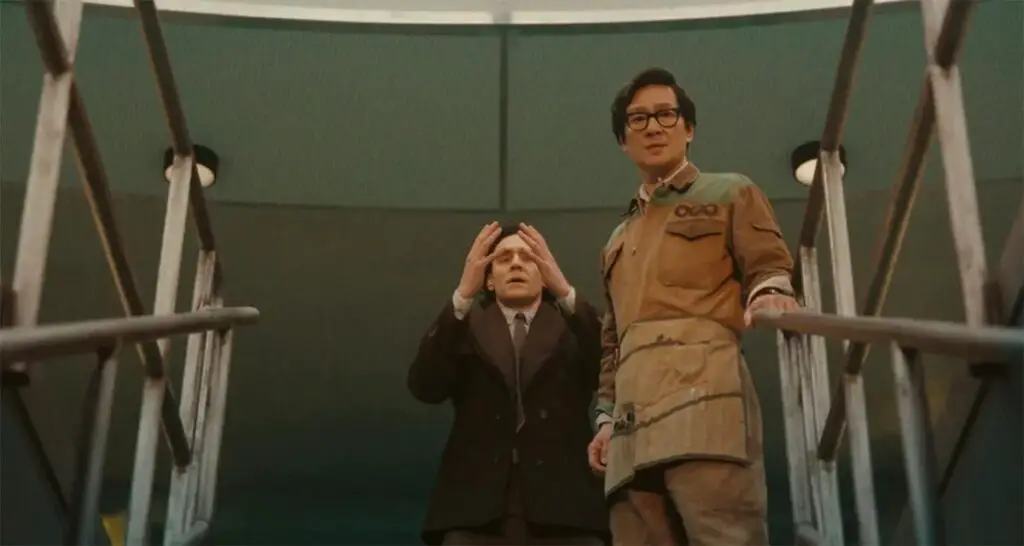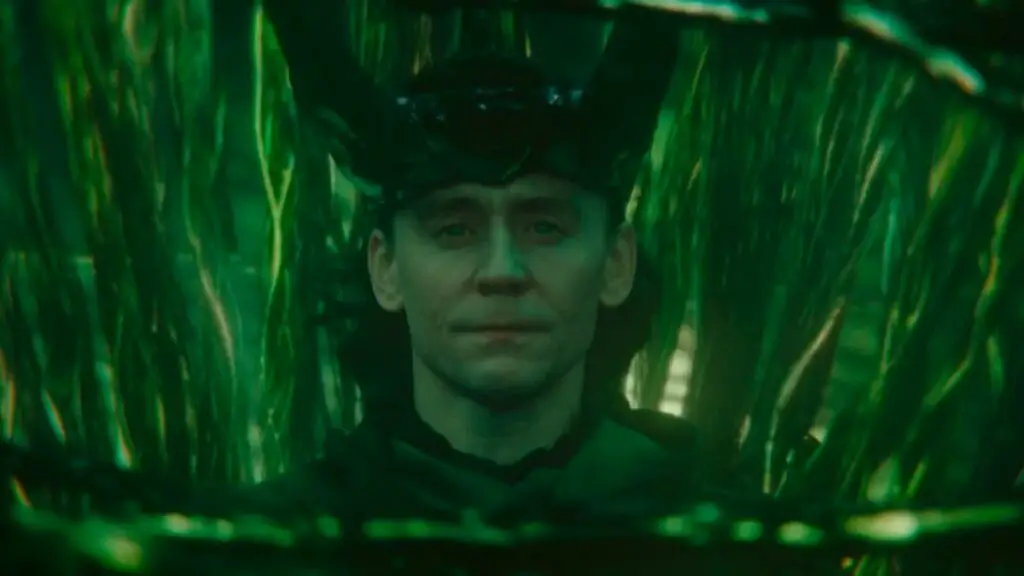The post-credits scene of the “Loki” series on Disney+ has marked a significant departure from the Marvel Cinematic Universe’s (MCU) traditional storytelling approach. This scene not only provided pivotal plot revelations but also set the stage for an expanded narrative universe within the MCU. In this detailed analysis, we will explore the nuances of this scene and its broader implications for the future of Marvel’s storytelling.
The Survival of Loki: A Gateway to New Realities
The most immediate revelation of the post-credits scene was that Loki, played by Tom Hiddleston, did not die after being pruned. This crucial detail has profound implications for the MCU, as it suggests that other pruned characters, such as Mobius, might also be alive. This scene, therefore, opens up a realm of possibilities for character arcs and storylines that were previously considered concluded. It also raises questions about the nature of pruning itself – is it a form of transportation rather than termination? Does it apply differently to beings of various powers, such as demigods, humans, and other entities? These questions not only fuel fan theories and speculations but also provide Marvel writers with a fertile ground for developing intricate and interconnected storylines.
Moreover, the scene introduces the audience to different variants of Loki, including Classic Loki, Kid Loki, and Boastful Loki. Each variant presents a unique interpretation of the character, reflecting the diverse potentialities within the multiverse. For instance, Classic Loki, adorned in the original comic book costume, pays homage to the character’s roots and offers a nostalgic connection for long-time Marvel fans. Kid Loki, on the other hand, represents a fresh start and a younger perspective, potentially hinting at future involvement in the Young Avengers. This diversity in character portrayal not only enriches the narrative but also broadens the scope of character development within the MCU.
Setting the Stage for Future MCU Endeavors

The post-credits scene of “Loki” does more than just extend the storylines of its characters; it sets a new standard for the narrative structure within the MCU. This scene suggests a shift from standalone, movie-centric post-credits scenes to more complex, series-based developments. It indicates that characters and storylines can evolve over multiple seasons, breaking away from the traditional format of limited series that culminate in a movie. This approach allows for a more nuanced and in-depth exploration of characters and themes, as evidenced by the rich development of Loki’s character throughout the series. The possibility of multiple seasons also ensures a sustained and coherent narrative arc, allowing for a more immersive and engaging storytelling experience for the audience.
Furthermore, the scene lays the groundwork for the exploration of the multiverse, a concept that has been teased in various MCU projects but never fully realized until now. The introduction of alternate realities, branching timelines, and parallel dimensions significantly expands the creative canvas of the MCU. It opens up endless possibilities for storytelling, where the limitations of a single universe no longer bind writers and directors. This expansion not only promises a more varied and imaginative narrative landscape but also allows for the integration of previously standalone characters and storylines into the broader MCU narrative.
In conclusion, the post-credits scene of the “Loki” series is a masterful narrative device that has significant implications for the future of the MCU. It not only challenges the conventional post-credits format but also opens up new realms of storytelling possibilities. By introducing complex characters, expanding narrative scope, and setting the stage for the exploration of the multiverse, this scene marks a pivotal moment in the evolution of Marvel’s cinematic universe. It’s a testament to Marvel’s commitment to innovative storytelling and its ability to continually captivate and surprise its audience.


